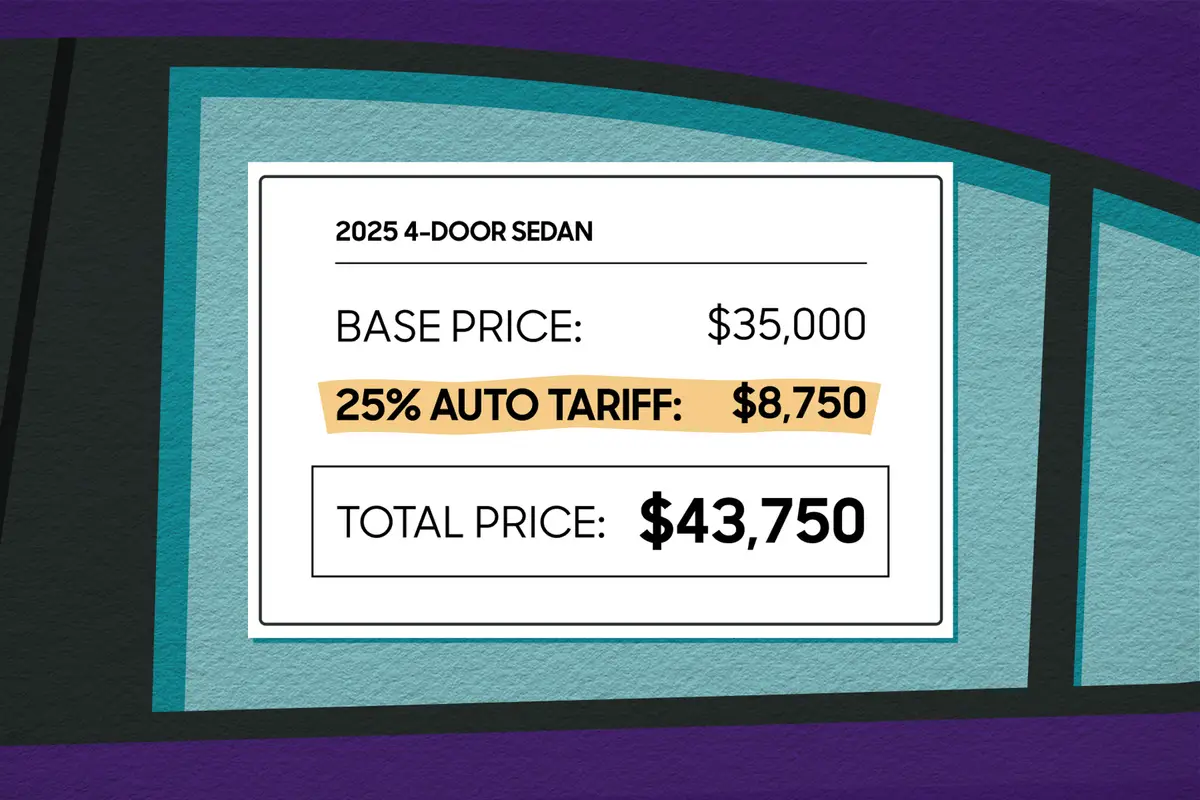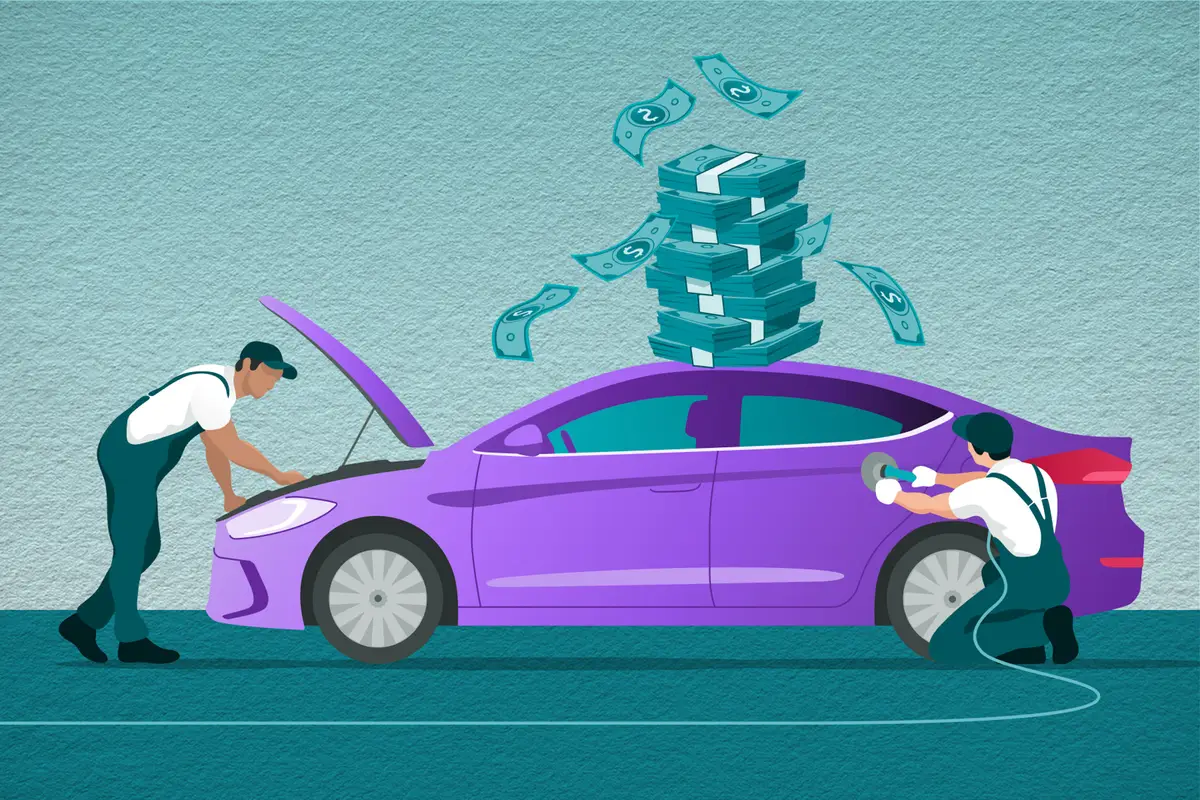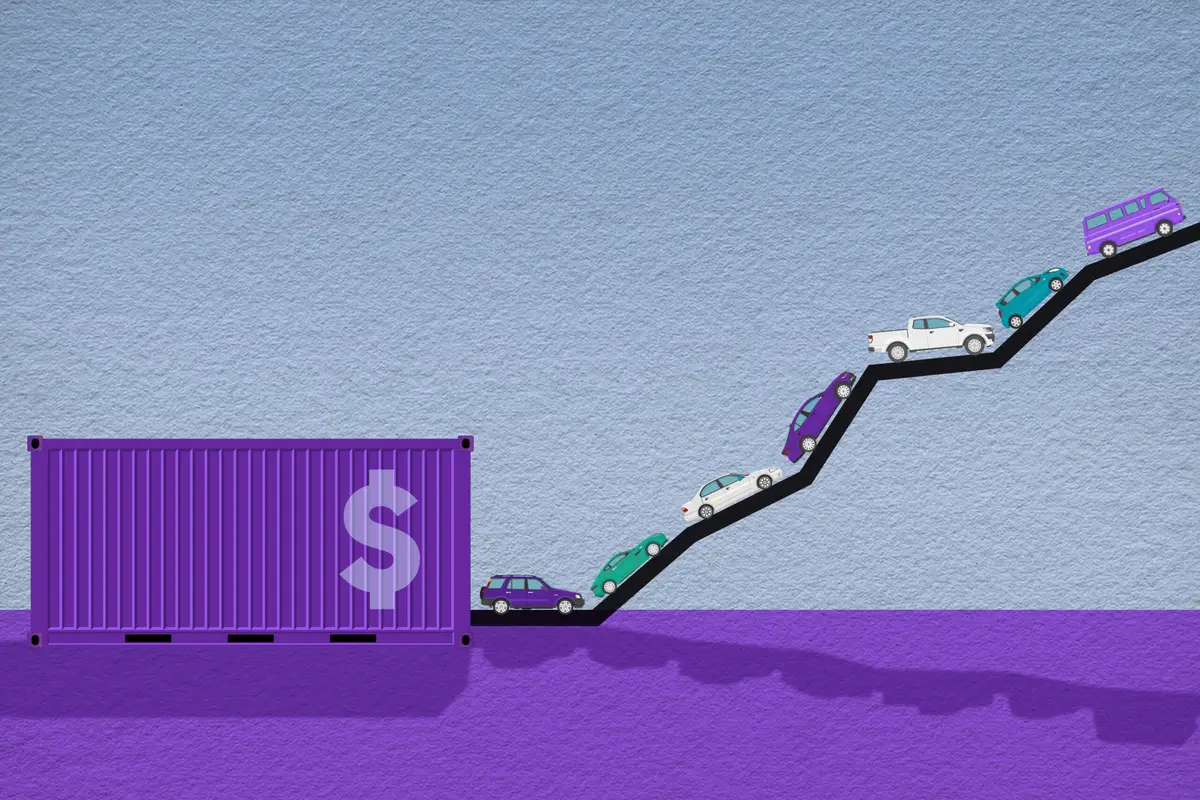Star-Telegram.com's view
It’s a lot easier these days to take the family along on a foray into the wilderness, thanks to the most-practical Jeep Wrangler ever built.
I’m referring to the four-door, 2010 Wrangler Unlimited, which arguably is the perfect combination of family hauler and off-road fun machine.
This is the venerable Wrangler that Jeep fans have come to know and love – it’s just been extended to provide room for up to five adults and their gear.
The Wrangler Unlimited is a derivative of the original CJ, or civilian jeep, which showed up after World War II and has long set the standard for trail driving.
So the Unlimited could have a three-person back seat and a cargo area that can hold up to 46.4 cubic feet of gear, Jeep extended the two-door Wrangler by 20.6 inches.
The regular Wrangler has never been particularly suited for family use, mostly because the back seat is meant for just two people and there is very little cargo space behind the rear seat.
As a result, these vehicles have primarily been used by single people or couples with one or two small kids, mostly for weekend outings. (Although there are many people – usually single – who use Wranglers as daily drivers.)
As a first step toward a practical family Wrangler, Jeep introduced a two-door Wrangler Unlimited model for 2005 that was 15 inches longer than the regular model. It gave rear passengers more legroom, and added more cargo space.
Even though it was better than the shorter model for the back-seat passengers, the two-door arrangement made it hard for people to access the rear seat.
That problem was fixed with the rollout of the four-door Wrangler Unlimited for 2007, with the addition of the two rear doors. And with the addition of the four-door model, the extended-length two-door Unlimited was discontinued.
Rear passengers now have their own doors, which make it easier to hop in and out, which seems to happen frequently while on the trail.
And if there are no passengers who need the rear seat, it can be folded flat, which nearly doubles cargo space. The seat has a 60/40 split, so it can be partially folded to leave some passenger space.
The four-door model has a 116-inch-wheelbase vs. 95.4 inches for the regular two-door Wrangler. Granted, the extra length does make the Unlimited model less versatile off road. But it’s still more capable than the typical family SUV, such as a Ford Expedition or Chevrolet Tahoe.
But unless the shorter length is necessary for trails that have hairpin turns that the longer model won’t fit, such as some of the routes in the annual Cascades Jeep Jamboree in Washington state, the Unlimited should be fine for most off-road routes.
Not all of the Wrangler Unlimited models are off-road capable, however. In what has been described as an attempt to broaden the appeal of the Jeep brand, the folks at Chrysler (Jeep’s parent) decided that they would offer the four-door model in both two- and four-wheel-drive versions.
For those who just want to drive a Jeep, but never plan to take it off road or into snow country, a two-wheel-drive model might be OK. But to me it’s kind of like buying an airplane without wings. You could drive it up and down the runway all day long, but you’ll never be able to take off.
Three trim levels are offered in the Wrangler Unlimited line: Sport, Sahara and Rubicon, and the first two are available with either rear- or four-wheel drive. The Sport model begins at $23,410 (plus $750 freight) with two-wheel drive, and at $24,585 with four-wheel drive.
Sahara models with two-wheel drive start at $27,730, and four-wheel-drives at $28,905.
The top-of-the-line Rubicon version ($32,050) comes already equipped for the most-serious off-roading. This model is named after the famous Rubicon Trail from Georgetown to Lake Tahoe, Calif., where the Jeep Jamborees were born in the early 1950s. This also is the trail that all Jeeps are tested on before they can receive the Jeep “trail rated” designation.
Making the Rubicon model so capable off the road is its four-wheel-drive system that comes with low-range gearing and electronic front and rear locking hubs, activated by a button on the dash. Push it once to lock the rear hubs, then again to lock the front ones as well. With both hubs locked, the Wrangler becomes a capable rock-, sand- and mud-crawler.
The Rubicon is the only one of the Unlimited models not offered with two-wheel drive.
Unlimited models come with a choice of removable tops, and the doors can be removed as well. It’s the only four-door SUV on the market with a convertible top.
Top choices include the removable three-piece Freedom Top ($735) and the innovative Sunrider soft top, which turns the Unlimited into a convertible in less than 30 seconds.
The soft top has been upgraded for 2010 with a simplified removal system, Jeep says, which allows it to be raised and lowered without having to tuck and un-tuck the side rails during the process.
Our vehicle had the optional hard top ($735) with a glass rear window, which also has a wiper and defroster. The top has a removable panel over the front seats for limited open-air driving. The whole top can be removed easily and quickly and left at home or the campsite, but that wouldn’t be practical if there was a chance for bad weather.
Another carryover from the two-door Wrangler is a windshield can be folded down onto the hood. Some people like to drive off-road with doors off, top removed, and windshield folded.
The vehicle also is available with power windows. Even with this option, which was not included on our four-wheel-drive Sport test vehicle, the doors still can be removed. The wiring for the windows is simply unplugged at the doorjambs.
The Wrangler Unlimited has the best ground clearance, as well as the best approach and departure angles, in its class. Ground clearance is 10.1 inches from the factory; aftermarket modifications can increase that, of course. Three skid plates are included on four-wheel-drive models to protect the fuel tank, transfer case and (optional) automatic-transmission oil pan from rocks and logs. Two-wheel-drive models get just one skid plate, protecting the gas tank.
Among other mechanical features are “enhanced” solid Dana front and rear axles; optional next-generation Command-Trac and Rock-Trac transfer cases; the electric-locking axles; and a front sway bar that can be disconnected electronically. The Rubicon package includes the Rock-Trac transfer case with a 4:1 low-range gear ratio, the sway-bar system, and 32-inch B.F. Goodrich off-road tires.
Under the hood of all Wranglers is a 3.8-liter V-6 engine rated at 202 horsepower and 237 foot-pounds of torque. No four-cylinder is offered. A six-speed manual transmission is standard on four-wheel-drive models; a four-speed automatic is standard on two-wheel-drives, but optional on the four-wheel-drive versions.
Our base Sport model came with manual door locks. But power door locks with a remote are optional. Other options include a GPS navigation system, MP3 music playback capability and Sirius satellite radio.
Safety equipment includes standard electronic stability control, electronic roll mitigation, and optional seat-mounted side air bags ($490), which might not be a good idea for extreme off-road conditions where a rollover can be common and usually isn’t a catastrophic event as long as everyone is buckled up.
Towing is limited to trailers weighing up to 3,500 pounds.
EPA ratings for the Unlimited are 15 mpg city/19 highway with four-wheel drive, and 15 city/20 with two-wheel drive, with either transmission.
Our tester, the Sport four-wheel-drive, came with the automatic transmission ($825), the hard top, Sirius ($195), the front side air bags, and a trailer-hitch package ($270).
Total price was $27,850, including freight and options.
The automotive columns of G. Chambers Williams III have appeared regularly in the Star-Telegram since 1994. Contact him at 210-250-3236; chambers@star-telegram.com.
Latest news



